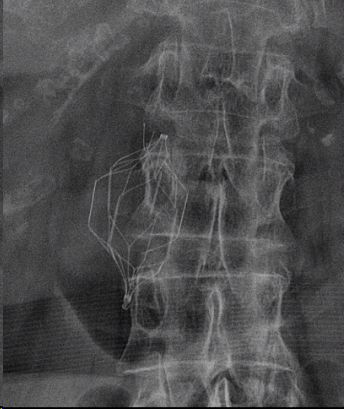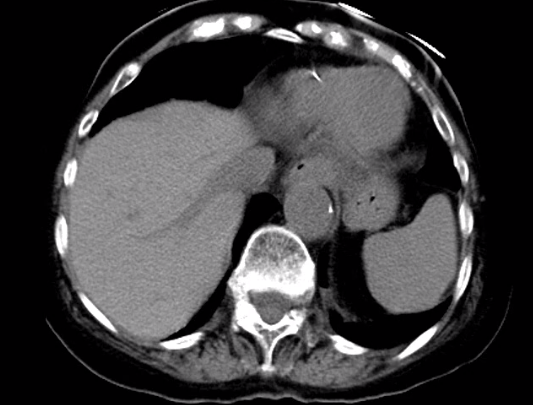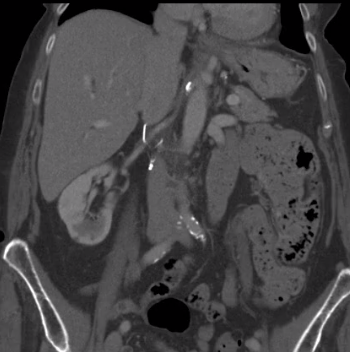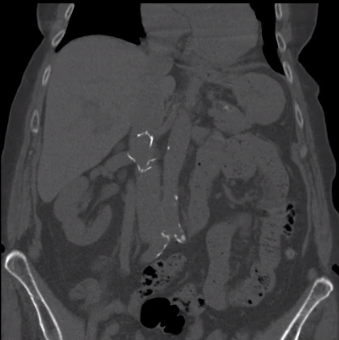在介入治疗的术前与患者或家属的谈话其实是一场非常困难的谈话 "做“与“不做”” Dos and Non'ts做 Dos
践行以病人为中心的医学理念:是你在治疗这个病人吗?你希望你的亲人被怎样对待?Practice good patient-focused medicine — are you treating this patient the way you'd want your loved ones treated?
记录所有你的治疗该该患者原因) - 适应症,知情同意书披露,避免并发症的步骤,患者的特点 Document everything you can(within reason)- indications, informed consent disclosures, steps avoid complications, idiosyncrasies of
the patient.
对于新的设备 / 使用 / 非适应症的应用尤其重要!!!Especially important for new devices/uses/off-label uses!!!
分享信息——如果出现并发症,请向病人解释 Share information — in the event of complications, explain them to the patient.
有意义指导的-遵循你的律师的建议。 Be coachable- follow guidline which you know and And the relevant medical regulations & lawyer's advice.
表现出同情心,为并发症的情况抱歉 (承认或不承认错误)Show empathy 一 Apologize for the situation (w/o admitting fault)
不做 Non'ts
Don't Go AWOL(Absent without leave)- Answer patient questions; show that you care; be responsive. This is all the more important in the
event of a complication.不要回避疑问,有耐心的回答患者及家属的问题;表明你关心和责任。在发生并发症时这一点就更加重要
不承认错误-道歉是不被接受的,承认错误是:Don't admit fault- apologies are not admissible, admissions of fault are
.不要因为并发症而责怪别人。Don't blame others for vour crmplicatians.
不要修改医疗记录,你就会失去可信度(可能还有保险覆盖范围)。 Don't alter the medical record - you will lose credibility (and possibly insurance coverage).-通过修改手术项目名称将不属于医保范围的手术向医保方向“靠”
.
• 85岁 女性;结肠癌病史(已治疗)。2018年1月进行腹壁疝修补。外科术后腹平片检查
滤器是2010年外院放置。病人家属被告知滤器很细不需要取出。2018年发现断裂的滤器。滤器倾向于向近端(心脏)移动。复习2016年KUB也可以发现这个滤器断裂,当时没有人知道或告诉患者。此次,外科医生说看起来这个滤器有问题,要求介入科医生会诊取出滤器。
|





